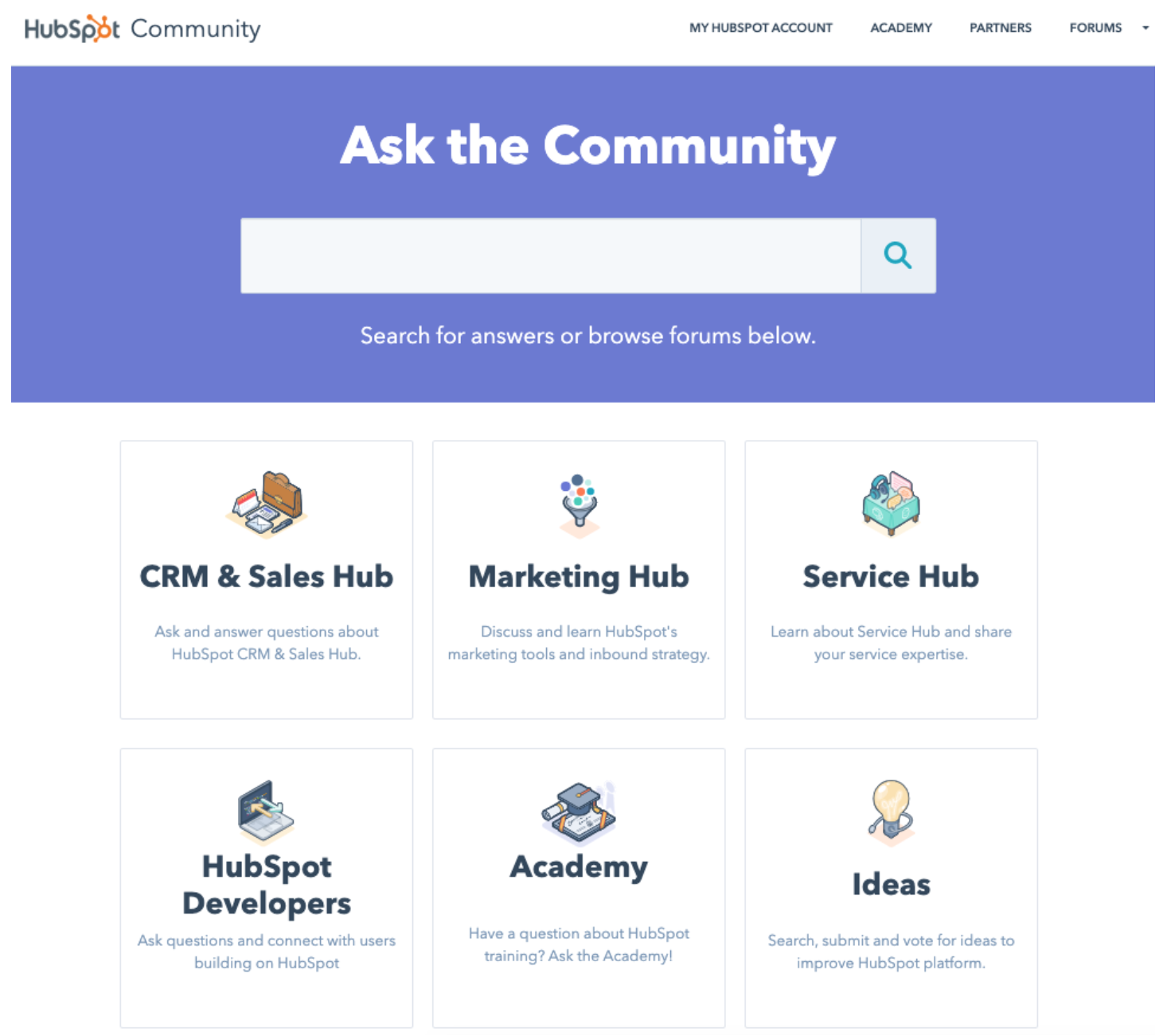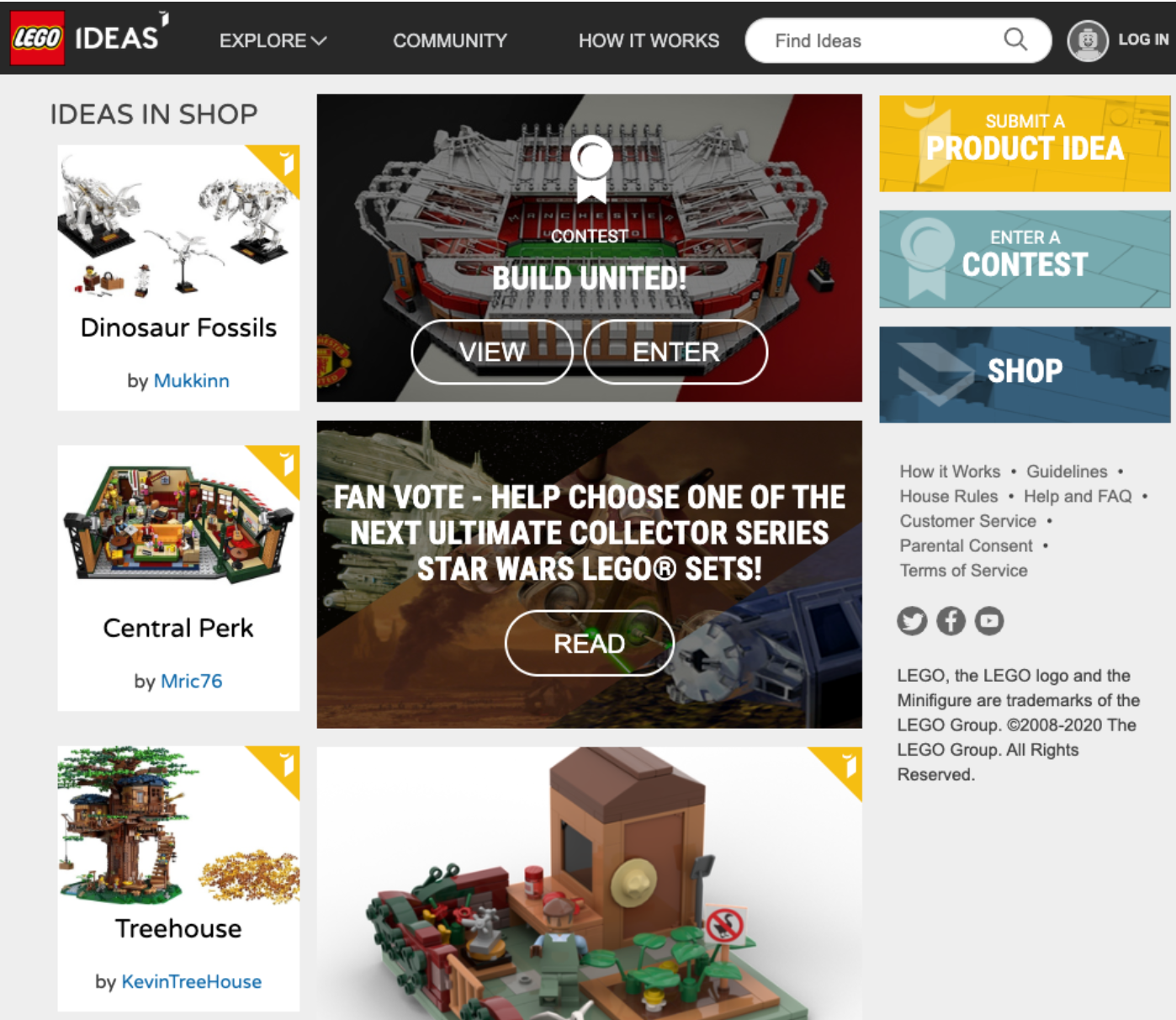If there is one aspect of the online experience that is consistently misunderstood, and misunderstood from the earliest days of the web right down until today, it is the concept of ‘interaction’ between the brand and customer.
Those of us with long memories will remember that this was central to the early promise of the web. The ability to publish was only half the story: unlike the one-way traffic of the television or print media, the brave new world of the web enabled two-way conversation. That things didn’t necessarily turn out like that probably doesn’t need to be stated. But it is worth reflecting on why so many businesses get ‘interactivity’ and ‘engagement’ so wrong online - and how to get it right.
That’s what I shall try to do in this short piece - starting with the single most fundamental lesson of all.
Be ready to listen
Would you talk to someone who never listened? Who ignored what you said and carried on regardless? Or even worse, recorded the fact that you said something in a spreadsheet and used this as evidence of a successful ‘engagement’?
Of course not.
But that is how the majority of businesses behave today. And it is no surprise to discover that they fail to build and nurture meaningful interactions with their customers. The first lesson, therefore, is to be prepared to listen, and be prepared to act on what your audience tells you.
If you are asking for input, comment, advice, opinion - be absolutely clear about what you intend to do with what you will inevitably receive in response. Understand what interaction is for. Unless you do, providing channels for interaction is like building a site without business objectives. It might look superficially up to the job but it will die on the vine.
As a first step, ask yourself about meaningful ways your business can learn from, or be directed by your customers and the wider public. Are you willing to publish their content or let them provide input into future product direction? Or facilitate open communication between peers on your site? Establish what you want to achieve, and then build and support the channels that can help to achieve that goal.
Here’s three examples that demonstrate what I am talking about:
- At Hubspot, a community of peers talk and educate each other within an environment facilitated and participated in by Hubspot staff. Everything is public, including criticism of the Hubspot platform itself. Hubspot encourages the sharing of information and provides a space in which customers can do that.
- Lego Ideas is a long-running interactive site in which (among other features) lego enthusiasts can submit ideas for models and kits and vote for their favourite submissions. The most popular then go into production.
- Like many media organisations, The Guardian publishes comments below opinion pieces, allows these contributions to be upvoted, and selects some to appear as ‘Guardian Picks’. This is in addition to regularly ‘crowd sourcing’ content for publication. This may seem obvious, but of course missing what is obvious would be a mistake. We can learn a lot from the ways in which companies like this encourage interaction and community.


What all these businesses do is simple: present engagement as a means to an end rather than an end in itself. Once any organisation takes this approach, the rest follows almost automatically.
Be interesting, and design for interaction
That first step - committed to listening and acting - is essential for building engagement. But it isn’t enough in itself.
Perhaps just as important is the need to be interesting. Take the last example above. If The Guardian, or any other media outlet, looked for engagement and interaction around flat and indeed ‘boring’ content they would not get much. But by generating thought-provoking and at times controversial opinion they encourage readers to add their own take.
It’s the same for any organisation. And although it isn’t always easy to be interesting, there is usually a way. Focus on what your business knows that nobody else does, or what you can do for people. And remember, your community doesn’t have to be large. Great engagement with your core audience, even if small, is better than shallow engagement with thousands of people who will never become customers.
When you are both set up to listen, and have figured out a way to be interesting, all that remains to do is design for interaction and engagement. This isn’t something to bolt on at the end of the process, but rather consider from the moment the first wireframes are created in a project.
Take time to ensure the interaction process is usable. If necessary prototype workflow and run a simple user testing program to ensure that what you are designing is going to feel intuitive to the target audience. Make sure that prompts to interact are prominent (or as prominent as they need to be) and that the end result of any interaction is displayed clearly on the page. Large amounts of content can be off putting, but in many situations (think back to any of the examples above) that is what you will end up after successfully encouraging interaction, so you will need to think carefully about how this content is presented both to those who wish to interact, and those who only want to browse the results of those interactions.
Lastly, remember that not all interaction has to take place ‘in public’. Businesses that provide ways for individual customers and prospects to get in touch and receive meaningful responses unsurprisingly tend to enjoy greater levels of brand loyalty and in turn success. Although in this piece I have focused on public, on-site (as opposed to social media) interactions and communities, don’t ignore the potential of more 1-2-1 interactions.
A growing number of businesses invite customers to take a role in their future direction. Online channels can (and probably should) play a part in this process, whether through conventional livechat, shared Slack channels, or access to private intranets - don’t ignore private interactions either!









